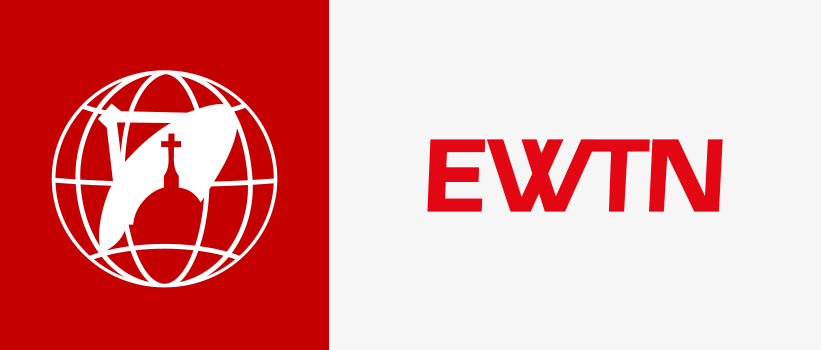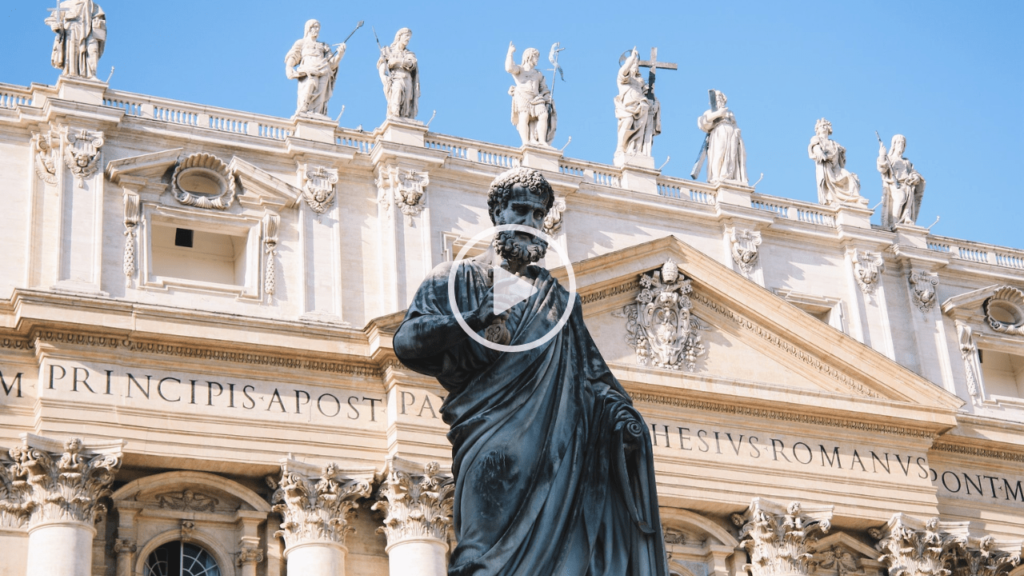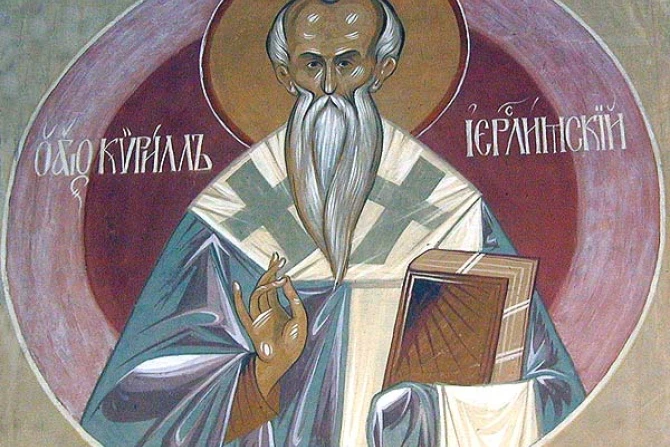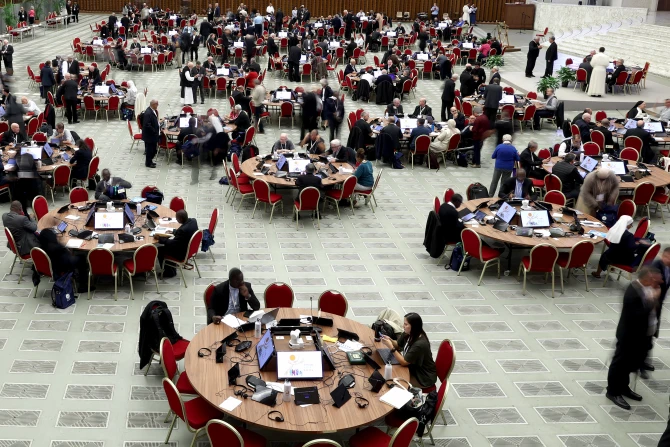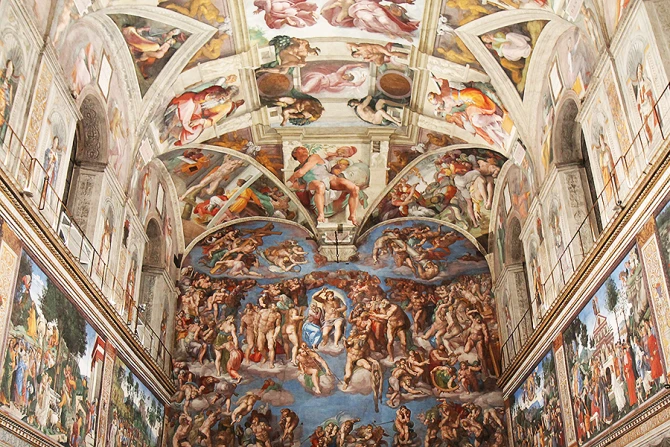February 22 marks the feast of the Chair of Saint Peter, an ancient celebration within the Catholic Church. Here we share four lesser-known facts about this festivity.
The Origin of the Chair of Saint Peter Is Not in Rome
The Vatican’s official news website, Vatican News, states that the feast of the Chair of Saint Peter was already present in Rome in the third century. However, it emphasizes that “we can say” the Church’s first chair or see was the Cenacle, where Jesus celebrated the Last Supper, and the apostles with the Virgin Mary received the Holy Spirit.
Moreover, it specifies that Saint Peter, before becoming the Bishop of Rome, was the first Bishop of Antioch. According to ancient traditions recorded in the Golden Legend by Blessed Jacobus de Voragine, an early church was established in Antioch, where a chair or seat was placed in a high and visible area for the apostle to speak about the faith from there.
2. The Chair of Saint Peter Was Celebrated Twice a Year
Vatican News indicates that in the past, the Chair of Saint Peter was celebrated on January 18 and also on February 22. The former was for the Apostle’s see in Rome, and the latter for that in Antioch. In fact, the latter had its own feast day.
However, in 1960, Saint John XXIII merged the two feasts and set it solely for February 22.
3. Three Types of “Chair”
Blessed Jacobus de Voragine describes in his book that there are three types of chairs. The first is “regal” (royal), like that of King David. The second is sacerdotal, like that of Eli, who, according to the Catholic Encyclopedia, was a judge and “high priest” in the Old Testament. Lastly, there is the magisterial (of teaching and governance), like that of Moses.
“The chair of Peter was regal, sacerdotal, and magisterial; regal because Peter was prince of all kings; (sacerdotal) because he was shepherd of all priests and clerics; and magisterial because he was teacher of all Christians,” the blessed highlights.
4. The Relationship Between Saint Peter’s “Crown” and the Tonsure
Blessed Jacobus adds that some believe the feast of the Chair of Saint Peter in Antioch is also associated with the tonsure practiced by monks and clerics. This practice involves shaving the top of the head in a circle, and its origin could be related to Saint Peter. It is said that one day, while the apostle was preaching in Antioch, a group of people persecuting Christians caught him and shaved the top of his head. The Catholic Encyclopedia indicates that in Roman and Greek times, tonsure was a sign of slavery.
However, what was for them a reason for mockery and scorn later became a symbolic “crown” of the prince of the Apostles. Clerics then adopted it as a sign of their total dedication to the Catholic Church.
This article was updated soon the 22nd of February, 2024.
